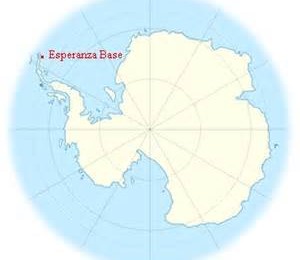Climate science
-

April 2015 marks the 200th anniversary of the most powerful volcanic eruption in modern times, the eruption of Mount Tambora in Indonesia. This eruption is discussed in awe in climatology classes because of what we now know about the impacts of volcanic activity on climate–it depresses global temperatures for up to five years after a…
-

The South Atlantic LLC announced a new online module on climate change impacts on grasslands and forests late in March. This module goes along with another one on climate change science that was produced earlier. You can read the official release here and visit the website with the two modules at https://www.fs.usda.gov/ccrc/climate-basics/education. Don’t forget that there…
-

Each year NOAA and other groups put out a forecast for the expected number of tropical storms and hurricanes expected to occur in the Atlantic basin. This forecast is based on the El Nino phase as well as other factors such as long-term ocean patterns and past seasons. But there is no similar forecast for…
Posted in: Climate science -

Now that we are headed into the spring and summer season, it’s a good idea to review what you need to do to protect yourself against lightning. The National Weather Service has shown that, while 66 percent of fatalities from lightning occur in leisure activities like boating or golfing, the number one factor in work-related…
Posted in: Climate science -

The Washington Post had an intriguing article this week on the role that Arctic soils may play in greenhouse warming. Temperatures in polar regions, particularly in the Northern Hemisphere, are increasing much faster than in other parts of the world due to changes in land cover and the switch from snow and ice to bare…
-

Even though it’s too cold to do agriculture in Antarctica, I am still interested in the weather and climate there. On Friday Dr. Jeff Masters posted a news story in his Weather Underground blog on a possible new record for the highest temperature ever recorded on the continent of Antarctica. On Tuesday, a record high…
-

Cliff Mass of the University of Washington posted a long article on his blog this week describing the atmospheric and oceanic conditions which have led to the unusual conditions for the past two years. While his blog is focused on the Pacific Northwest, much of his analysis also applies to the Southeast, with the caveat…